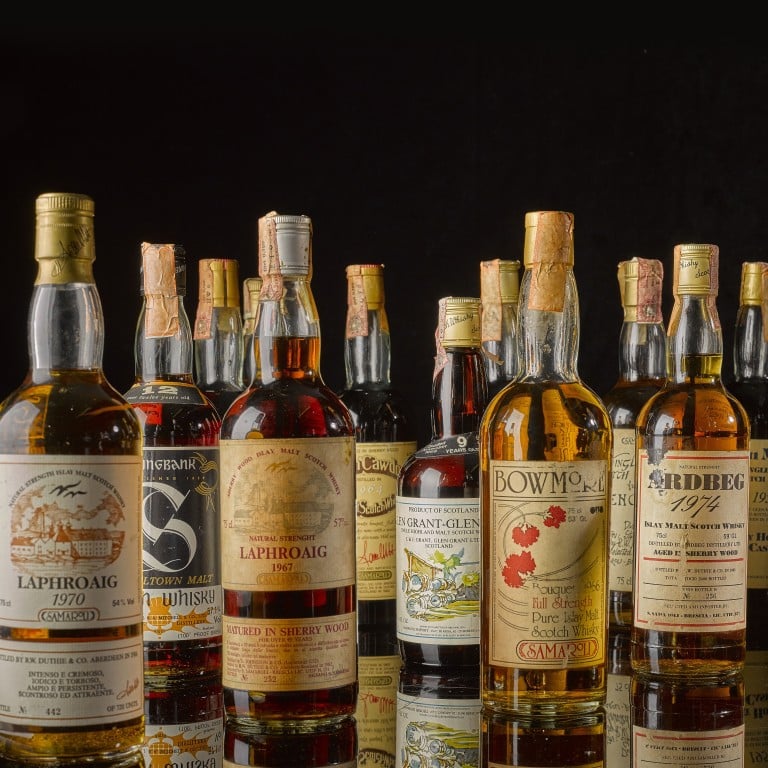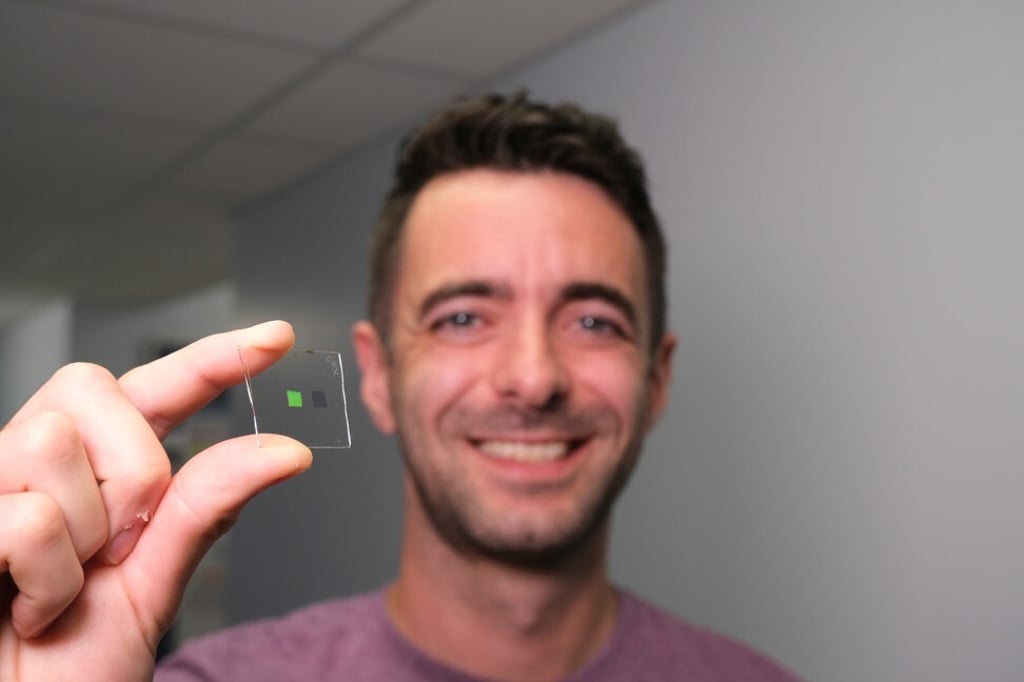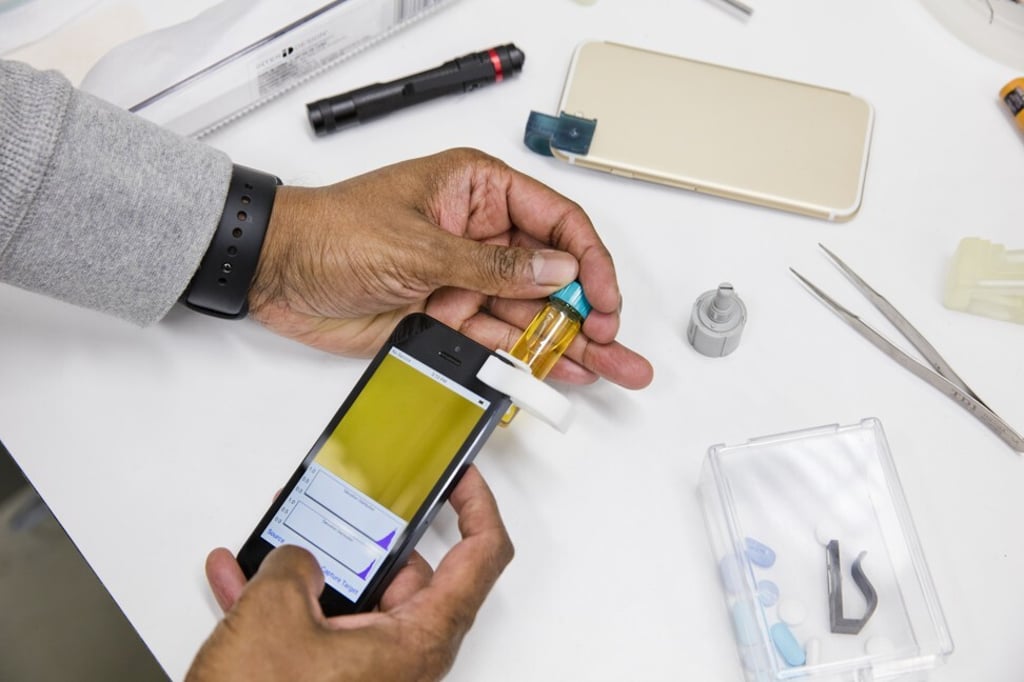Around 40 per cent of vintage whisky bottles are fake – but now the Verifier app and an artificial tongue can date an old Laphroaig, Talisker or Ardbeg single malt accurately

A Laphroaig labelled 1903 was probably distilled around 2011, a Talisker supposedly distilled in 1863 was bottled after 2007 and a 1964 Ardbeg actually dated back to 1995 or later – now Scottish professors are using radiocarbon dating and an artificial tongue to get to the bottom of the bottle
In his lab at the Scottish Universities Environmental Research Centre in Glasgow, Dr Gordon Cook radiocarbon-dates archaeological treasures and forensic remains. But he is also increasingly being called upon to test the authenticity of whisky.
His results are enough to drive any collector to drink: a Laphroaig in a bottle labelled 1903 was probably distilled around 2011; a Talisker supposedly distilled in 1863 was bottled between 2007 and 2014; and a 1964 Ardbeg actually dated back only to 1995 or later.

“Of all the whiskies I have tested, of any purported to have been distilled in the 19th century and supposedly single malts, I haven’t found any so far that are genuine. Of whisky between the 19th and early- to mid-20th centuries, about 40 per cent are fakes,” he says. “But bear in mind that these are one-off, individual bottles being sold on the secondary market, so we’re not talking huge volumes.”
Huge volumes perhaps not, but huge sums, potentially – yes: in 2019 a bottle of 1926 Macallan sold at auction for a record US$1.87 million.
Cook tests whisky mainly for private collectors but he also sometimes works with auction houses: “Houses that specialise in whisky are extremely good at spotting fakes, but if they’re not entirely sure, they may send a bottle to us.”

He takes a tiny whisky sample (around one millilitre) with a hypodermic needle and calculates the age based on the liquid’s radioactive carbon-14 isotopes, irregular atoms left in the atmosphere by atomic testing in the 1950s. The changing atmospheric levels of carbon-14 are reflected in plants, and as barley – from which whisky is made – is an annual plant, the isotope content reflects the year in which the barley was grown.
Radiocarbon-dating can be used on any alcohol (or other substances made from living organisms) that is annually produced, and Cook’s team have also tested rum and cognac.
While radiocarbon dating estimates a material’s age, other hi-tech tests are being developed that detect fakes via alternative methods. Dr Alasdair Clark, associate professor at the University of Glasgow’s School of Engineering, has created an “artificial tongue” that can “taste” the contents of whisky. The tongue is made up of millions of tiny gold and aluminium taste buds, each 1,000 times smaller than the width of a human hair.